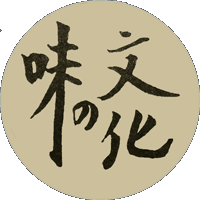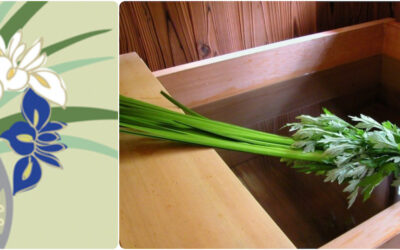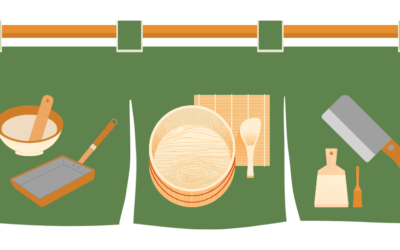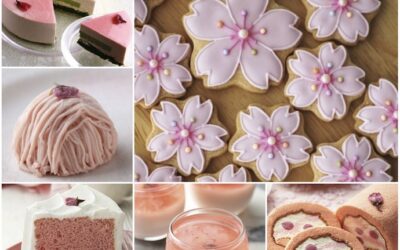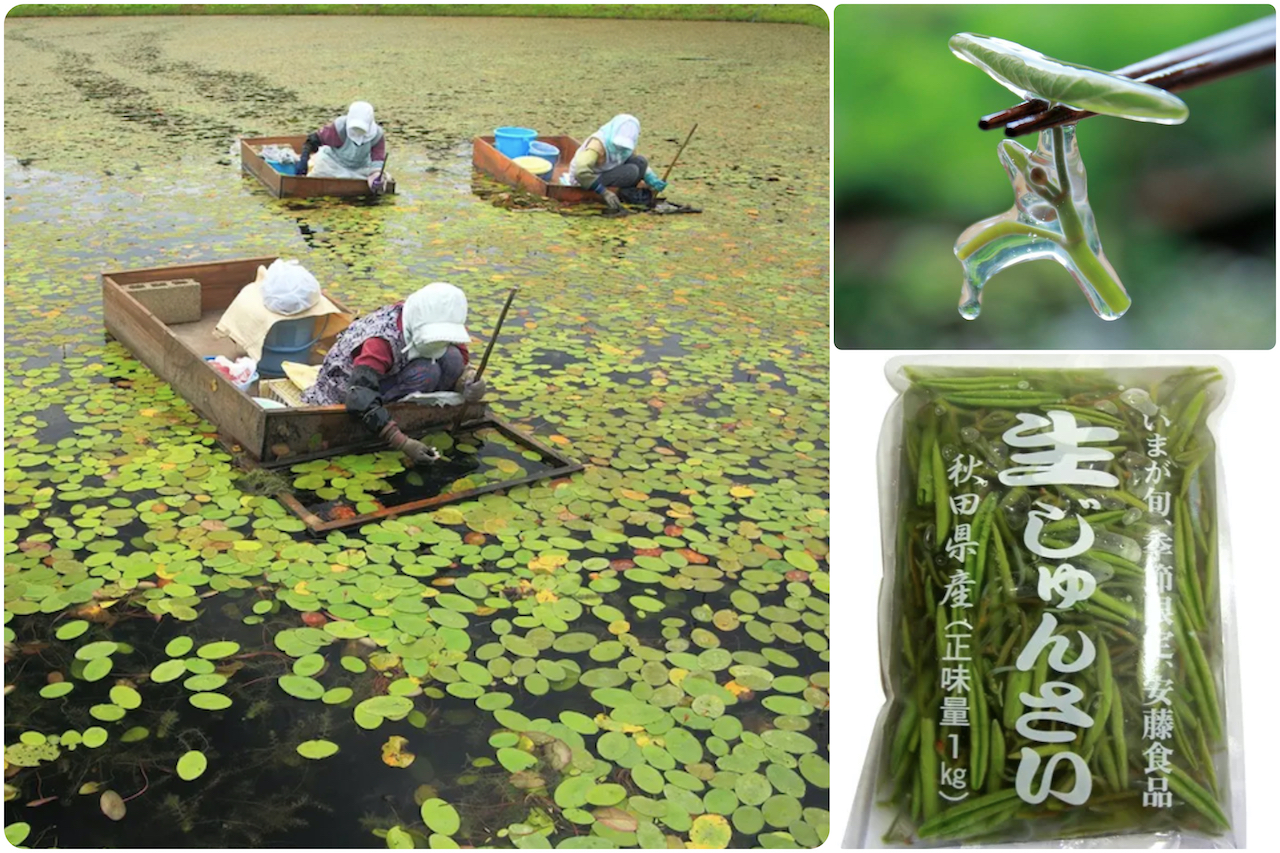
JUNSAI (water shield; Brasenia schreberi) grows naturally in lakes, ponds and slow streams in many parts of the world but only Japan and China have a long history of cultivating the plant as a food.
The Japanese especially love foods with a tsuru tsuru (slippery, slithery) texture and young, unfurled junsai sprouts covered in a viscous, transparent jelly, are especially prized. Today, Mitane-cho 三種町 in Akita Prefecture (the northwestern region of Japan’s main island, Honshu) is the center for commercial junsai production. Harvesting begins in April and continues through to September with the highest quality (“first sprouts”) and greatest volume (more than 300 tons!) picked in June.
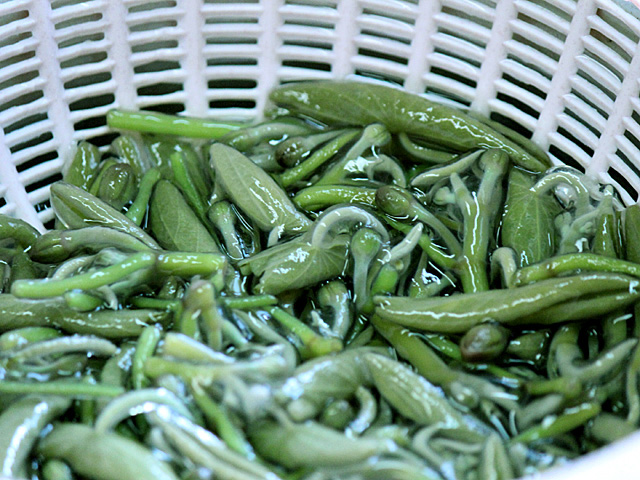
Words of the Season: KIGO 季語
What the Japanese refer to as kisetsukan, a seasonal sensibility, has a language of its own. Seasonal markers called kigo (literally “words of the season”) evoke a specific time and set of circumstances, much as the mention of “chilled watermelon” might suggest a hot summer day to most Americans or a “bubbling stew” on a supper menu would hint at a chilly winter night.
In Japan, junsai is one of many linguistic emblems of early summer. The archaic name for junsai, nunawa, is a kigo used in numerous eighth century documents including a famous anthology of poetry called the Manyoshu.
By the way…in Osaka describing someone as a junsai type of person, is not a compliment. It refers to someone who avoids or evades responsibility and duties: a “slippery” creature.
Check out the related PROJECT: Enjoy Junsai
If you haven’t yet read my June 2024 newsletter about junsai, check it out.
